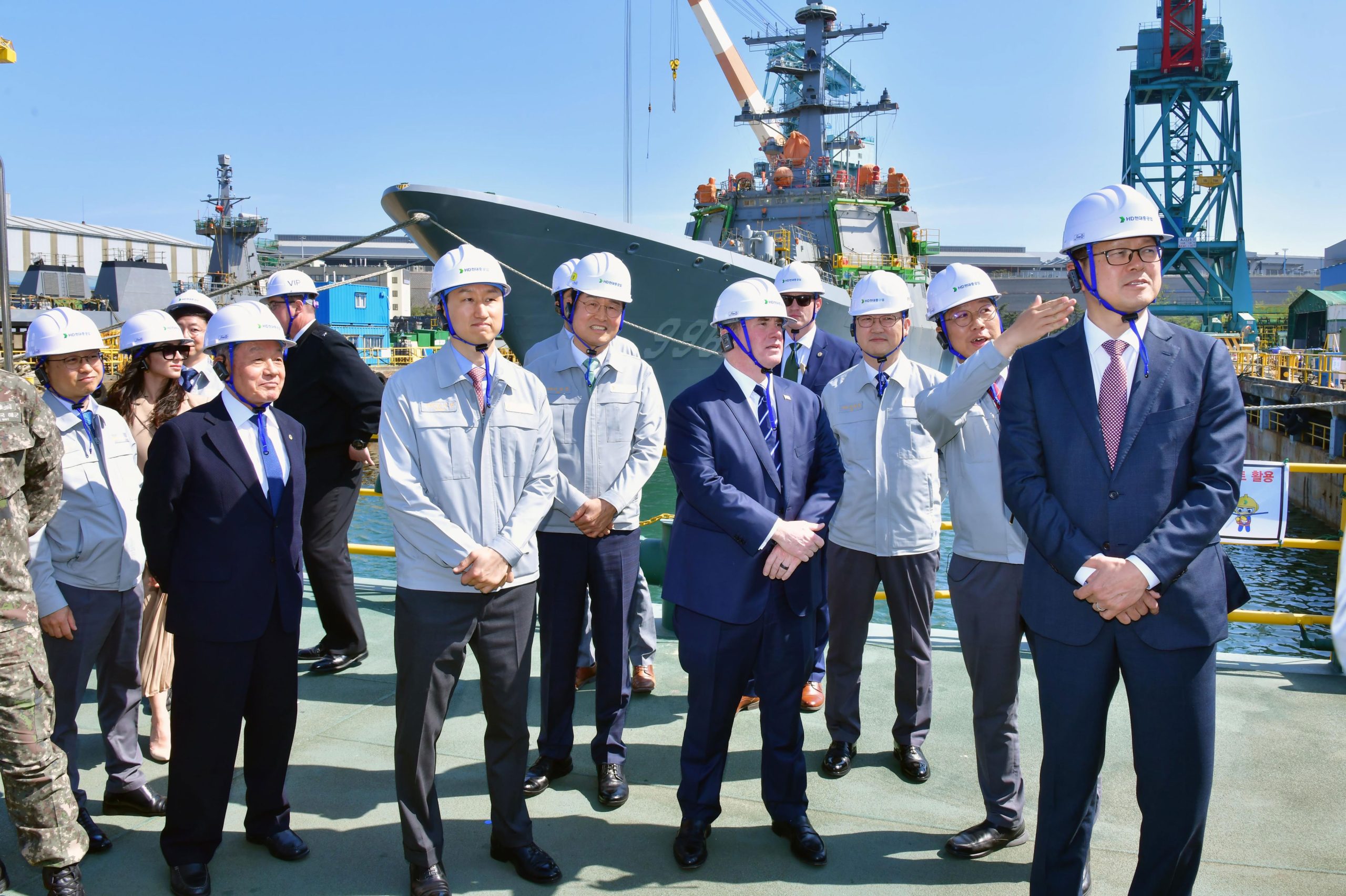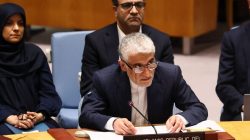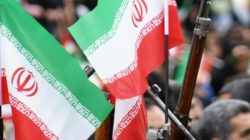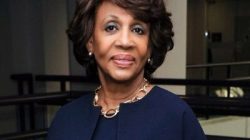President Donald Trump has stated, “It’s time for nuclear,” and revealed intentions to increase the number of nuclear power facilities fourfold over the coming twenty-five years. Additionally, he issued four executive orders designed to reduce regulatory burdens on the nuclear sector. Trump committed to accelerating the development of nuclear plants and initiating approval processes for new ventures within eighteen months.
The electricity demand is increasing as we witness the ongoing AI revolution. The United States leads globally in operating nuclear power plants, boasting 94 reactors compared to France and China, both of which possess 57 reactors each. Nevertheless, China is currently constructing over 30 additional reactors and will likely outpace France and come close to matching the U.S. in terms of total nuclear capacity soon. Although the U.S. was erecting numerous reactors every year during the 1960s and ’70s, reactor construction virtually halted following the incident at Three Mile Island in 1979. President Trump has set an ambitious target of running approximately 400 reactors by mid-century.
It goes beyond nuclear energy. In reaction to China’s rising naval influence, Trump issued an executive order in April aimed at reinstating American supremacy at sea. Back during World War II, the United States was unmatched in ship construction, rapidly turning out numerous warships and large transport ships. Such industrial prowess played a key role in cementing America’s global leadership. Yet, years of stringent trade barriers have eroded the U.S. shipbuilding sector, whereas China has methodically grown its capabilities, mass-producing both civilian and military boats. The U.S. Office of Naval Intelligence reports that China now boasts a shipbuilding capability 233 times greater than that of the U.S. Over the past year, the U.S. Navy has explored facilities in South Korea, with calls inside the country intensifying for permitting allies to manufacture warships. Legislation supporting this idea has made its way into Congress as well.
Amidst the intensifying competition between the United States and China, President Trump’s main focuses are rejuvenating the nuclear sector and enhancing the shipbuilding industry—areas where the U.S. lags but South Korea remains globally competitive. Instead of getting entangled in Trump’s trade disputes, South Korea ought to utilize these key industries as tools to bolster its bargaining position, foster confidence-building measures, and ensure both national safety and economic well-being. This imperative should take precedence for the incoming government.







